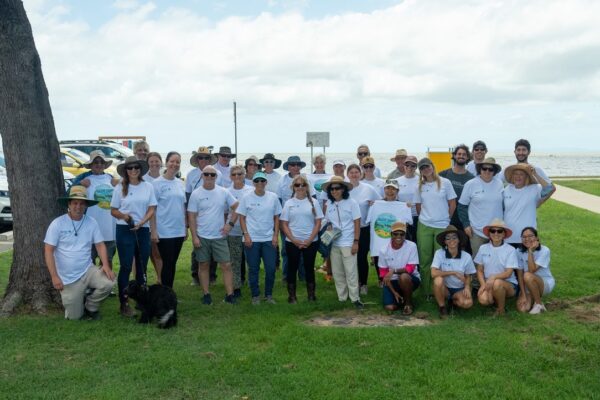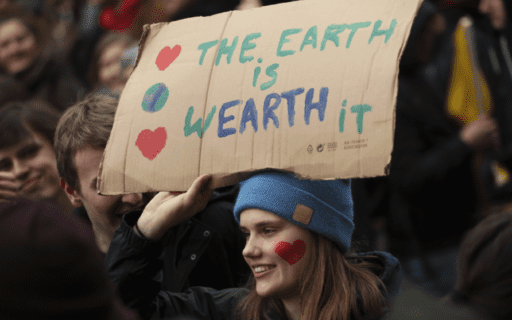As a conservation institution, the Philadelphia Zoo is committed to moving the needle for conservation outcomes. But like many other conservation organizations, other than anecdotal evidence and self-reports, we have no real way of knowing if our onsite messaging is successfully changing offsite visitor behavior.
Surveys and evaluations show us that our visitors are having a great time and learning about animals, and we have data on our visitors’ onsite conservation. There is significant research– including from The Ocean Project – that zoo and aquarium visitors are already predisposed to being “green friendly”, seeing us (their trusted messenger) to provide guidance on what to do. When onsite, many of our visitors are very willing to participate in the conservation asks we make of them, e.g. advocate for deforestation free palm oil.
However, we don’t know if our conservation messages have any impact on the actions of our visitors once they leave our grounds. Since knowledge is little correlated to behavior – what is known as the knowledge deficit theory – an increase in “awareness” or “ecological literacy” is no longer enough.
What we really want to know is: is our Zoo changing the long-term conservation behavior of our 1.3 million annual visitors?
Saving energy to save wildlife
An important motivator for our visitors to take conservation action is the desire to make a positive difference for the animals that they have connected with at our Zoo. The premise of our award winning, state-of-the-art exhibit, KidZooU: The Hamilton Family Children’s Zoo & Faris Family Education Center is to allow visitors to save animals by saving energy in their daily lives. In KidZooU, we make it simple and tangible by connecting each conservation action with saving a particular species – unplugging appliances and switching off lights help save the polar bear, saving water helps save the monarch butterflies, and recycling saves the budgies.
Under the Innovation Solutions+ Grant, we are taking the connection a step further. We have heard from our guests that they want to read about the life and histories of each animal, they are not interested in the generics other than through the connection with the individuals at our Zoo, e.g. “Tell us about Motuba, not about all western lowland gorillas”. Our visitors are connected to the individuals at the Zoo and through them, to the species and the issues of concern. For this project, we will be asking our visitors to save energy to save Nemo.
Nemo and stopping ocean acidification
Nemo will be our protagonist in our messaging about ocean acidification. We will be deploying an activity station in front of our coral reef exhibit in KidZooU. In an evaluation of KZU, we found that almost every visitor to KZU stops at the coral reef exhibit. Unlike other exhibits in KZU, it has little interpretation or interactive elements. It presents a valuable opportunity to connect our visitors with how they can help wildlife.
Findings from The Ocean Project clearly reveal that there is significant opportunity with the as yet unclaimed space of “ocean acidification” – it is still little known and therefore yet to be politicized (low name recognition can be a good thing sometimes!). Since ocean acidification (OA) has also been shown to heighten levels of concern and propensity to act, we believe that when presented together in front of a coral reef exhibit with an ask paired with saving Nemo, it will motivate our visitors to act. The young visitors will max out their role as an important influencers of household environmental decision making, i.e. practicing energy saving actions as well as reminding their families to save energy at home, and the adults will act because of OA.
Using NNOCCI (National Network of Ocean and Climate Change Interpretation) framing methods, we have constructed a short activity that invites the visitor to learn about OA. The message and activity will be pitched to an intergenerational audience – the children and their adult chaperones. At the conclusion of the activity, we will ask the children to pledge to help save Nemo by saving energy. For those visitors who are in the PECO – the energy supplier for the Greater Philadelphia region – service area, we will invite them to participate in a longer-term tracking program. They will sign a consent form that allows us to track their energy usage for the year.
We will be collecting weather normalized energy usage data from the participant households to see how our effort in KZU is working.
We will keep you posted as the study progresses, but in the meantime, keep your fingers crossed!




